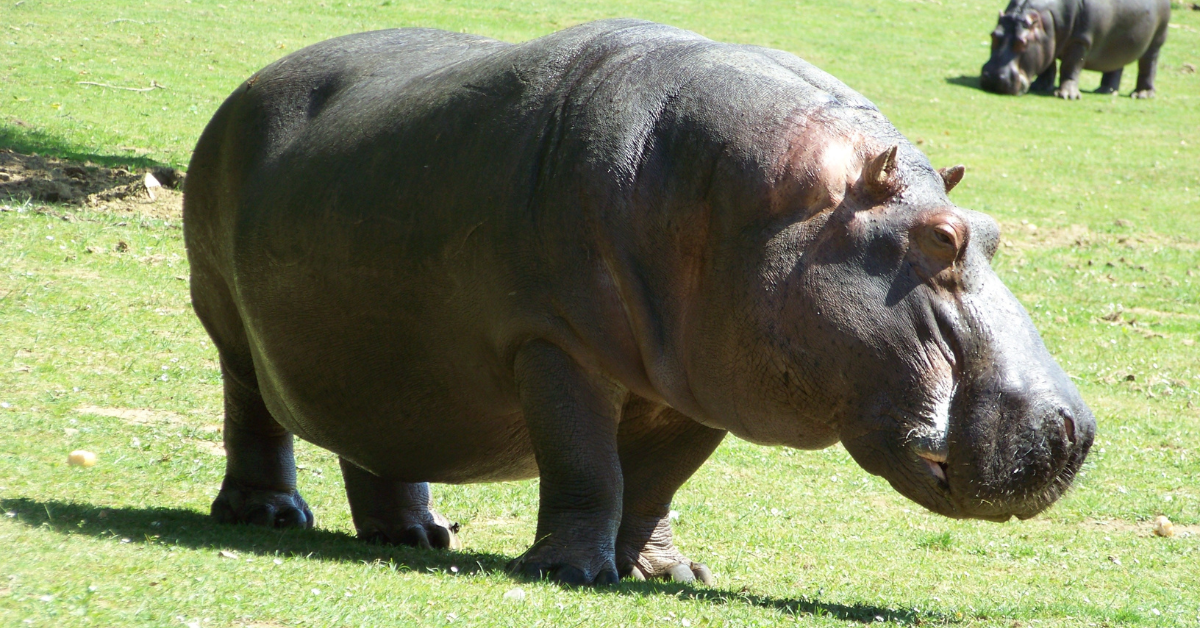Are you curious about the differences between pygmy hippos and regular hippos? Look no further! In this article, we will compare these two fascinating creatures in terms of size, habitat, behavior, diet, reproduction, conservation status, physical appearance, adaptations, and their interaction with humans. With a scientific and objective approach, you will gain a comprehensive understanding of how these hippos differ from each other.
Messaggi di Rogue Scholar
Do you ever wonder how hippos fart? Are you curious if their farts are the loudest among all African animals? In this article, we’ll explore the fascinating world of hippo flatulence and uncover the truth behind their farting habits. Contrary to popular belief, hippos don’t fart through their mouth, but through a small hole located at their bottom.
Do you ever wonder if hippos have tails? Well, wonder no more! The answer is a resounding yes. In fact, hippos possess a small tail that can grow up to 22 inches in length. But what is the purpose of this seemingly insignificant appendage? In this article, we will delve into the anatomy and function of a hippo’s tail, shedding light on its role in their daily lives and within the ecosystem.

Do you ever wonder why hippos are so fat? Have you marveled at their massive size and wondered how they carry all that weight? In this article, we will explore the reasons behind hippos’ size and adaptations. From their powerful jaw muscles capable of biting through a watermelon in one go, to their dense bones that support their body mass, hippos have developed features that allow them to thrive.

Are you ready to embark on a scientific journey into the world of hippopotamus teeth? Picture yourself standing in front of these magnificent creatures, marveling at their incredible dental structures. With strong canines, massive incisors, and powerful molars, hippo teeth are a force to be reckoned with. Did you know they have two sets of teeth, each with its own unique purpose?

In the animal kingdom, clashes between species are common. Among contenders, the rhino and hippo stand out for their size and strength. This article explores the comparison of these creatures and who would win in a face-off. Body size, weight, bite force, speed, and agility are crucial factors. Additionally, diet, reproduction, life expectancy, and conservation status will be discussed.

Brief explanation of hippos and their characteristics Hippos are large semi-aquatic mammals native to sub-Saharan Africa. They are the third-largest land mammal and can weigh up to 4,000 kilograms. Hippos have a distinctive appearance, with a barrel-shaped body, short legs, and a massive head with a wide mouth and large teeth. They are primarily herbivorous, grazing on grasses, but also consume some fruits and aquatic plants.

The question “What Color is a Hippo?” is asking about the natural coloration of a hippopotamus. This question may arise due to various reasons such as curiosity, interest in animal biology, or even for educational purposes. Hippopotamuses are fascinating animals that are known for their large size, unique shape, and unpredictable behavior.

When in the water, Common Hippos lift their slit-like nostrils up on the surface to breathe, at intervals of up to 6 min. A reflex response ensures that the nostrils and ears are closed as soon as they come into contact with water. By lifting the head above the water level, the ears, eyes, and nostrils are allowing for visual, acoustic, and olfactory perception.

Hippos do not have real sweat glands but do have a pink secretion.